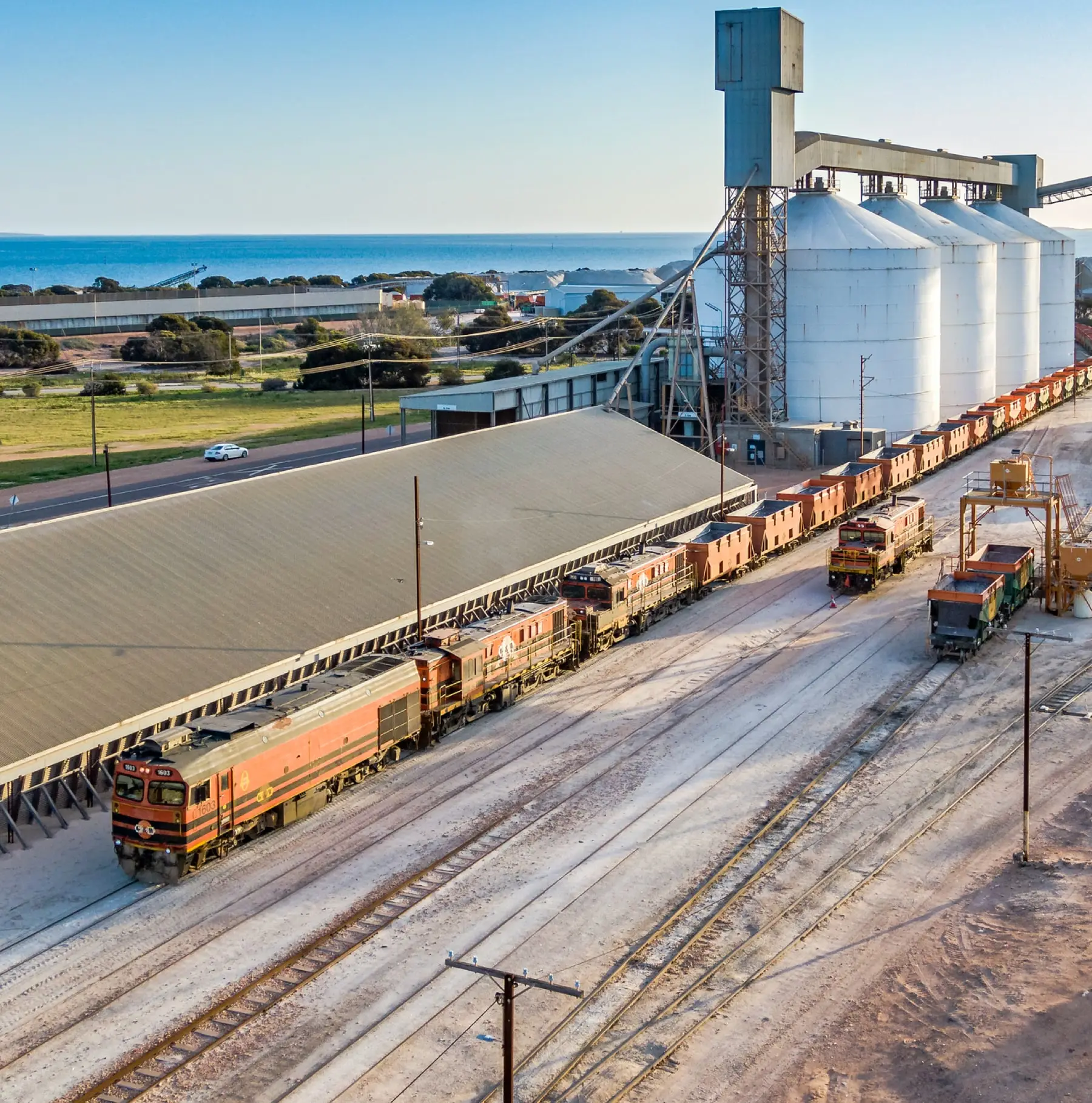Several years ago, I was introduced to a saying that still rings true today, “If you can’t measure it, you can’t manage it.” This is especially important when it comes to asset management. This simple principle is not restricted to asset types but can be applied to any asset to be managed. For this article, we will focus on railroads and transits.
Asset Inventory
When most people think of the word “inventory” they tend to picture a warehouse or a storeroom filled with parts. While parts management is an important function in the overall management of assets, we first need to develop an inventory of the assets to be managed. The following list is a minimum of required information for asset inventory:
- Equipment/Asset ID
- Asset Type
- Asset Location
- Asset Description
- In-Service Date
- Estimated Useful Life
- Asset Condition
- Asset Cost
Asset Type – This function is used to group like assets by type. Typical asset types for railroads and transits include:
- Track
- Switches
- Bridges
- Tunnels
- Signals
- Interlockings
- Control Points
- Road Crossings
- Overhead Contact Systems
- Communication Equipment
- Rolling Stock
Asset Location – In a railroad application the location is typically identified, by subdivision, track, and milepost. A linear reference system utilizing GPS can enable the graphical viewing of assets which is very important as track and overhead contact systems can be many miles in length.

Asset Cost– Understanding the asset cost at installation aids in the determination of when an asset should be replaced or rehabilitated. Formulas can be applied to estimate the cost of asset replacement/rehab based on the EUL.

Measurement and Management
Now that we know what assets we are managing we need to explore how to use this data to project capital replacement or rehabilitation. The simplest method is to add the EUL to the in-service date. This will provide a projected replacement date.
Next, the condition ratings should be reviewed. Assets with a “Good” or “Excellent” condition rating should be re-evaluated as they will most likely exceed their EUL and replacement/rehab dates can be extended.
The cost of asset replacement is also a factor in building out the Capital Improvement Plan, (CIP). When the cost of maintaining an asset to perform as designed becomes excessive, then further evaluation is warranted to determine if the asset should move ahead of its estimated replacement date in the CIP due to costs or performance.
Rail Performance Measures

The above performance measures are a good starting point, but a property is not restricted to only the ones listed. Below are some more performance measurement ideas that should help you measure the success of your asset management program.
- Mean distance between failures
- Mean distance between service interruptions
- Mean operations between failures
- Mean operations between service interruptions
- On-time performance
- Track Quality Indexes
- Track Geometry Surveys
- Rail Profile Surveys
- Ultrasonic Rail Inspections
For more information on managing and measuring the performance of rail and transit assets, and how Railroad Software can help you reach your asset management and state of good repair goals, please contact us at http://www.railroadsoftware.com
See our full product line here.
